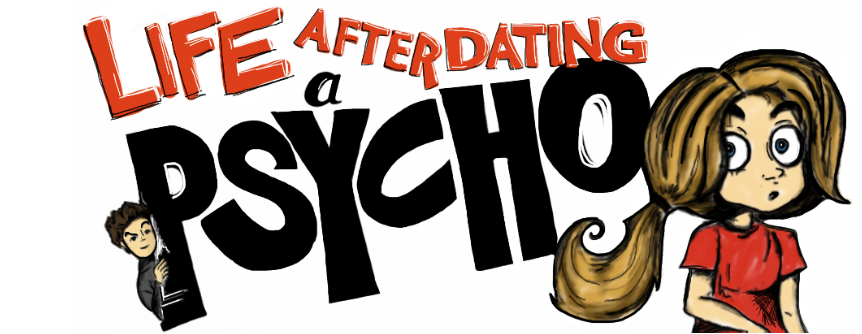Teenage Relationship Violence:
- One in three teens are victim of some form of abuse in a romantic relationship (including verbal and emotional abuse)
- 40% of high school girls--ages 14 to 17--know someone their age who has been hit or beaten by their boyfriend (or girl friend)
- Almost 80% of girls who have been physically abused in an intimate relationships continue to date their abuser. (This happens for many different reasons. They may feel stuck. They might be afraid of what their abuser might do to them if they break up. They might not have any support. Sometimes, they don't even know that what is going on is wrong......Never judge someone who is in an abusive relationship, just be there for support and remind them that they deserve better.)
- 1 in 4 teenage girls who have been in relationships reveal they have been pressured to perform oral sex or engage in intercourse.
- 1 in 4 females will be the victim of sexual abuse by the time they graduate from college.
Sexual Violence:
- According to the U.S. Department of Justice, somewhere in America, a woman is raped every 2 minutes. Victims of sexual assault and rape stretch across every age, race, class, gender and demographic and it is disturbingly common. Sexual violence is the most common violent crime on American college campuses today. Young women, ages 16-24 are FOUR times more likely to be raped than other women.1 in 4 women will experience rape or attempted rape during college
- 84% of rape victims know their attacker
- For every 1 rape reported, it is estimated that 6 are not
- The most common reasons women give for why they did not report the crime is the belief that it is a private, personal matter or they are afraid their assailant will retaliate.
- In 75% of college rapes, alcohol is involved. 55% of victims and 80% of perpetrators were intoxicated. Alcohol is the #1 date-rape drug.
- 1 in 12 college men admitted that they have performed acts that could be defined as rape.
- 30% of men admitted they would force someone to have sex with them if they knew they would not get in trouble.
- On average, it takes a victim of sexual assault/abuse 5 years to tell anyone about the incident.
- 70% of women with eating disorders have been sexually assaulted or abused in their lifetime
- 99% of rape victims are female (10% male)
- 99% of rapes are perpetrated by men (1% are perpetrated by women)
- Approximately 28% of victims are raped by husbands or boyfriends, 35% by acquaintances, and 5% by other relatives.
- The FBI estimates that only 37% of all rapes are reported to the police. U.S. Justice Department statistics are even lower, with only 26% of all rapes or attempted rapes being reported to law enforcement officials.
- In a national survey 27.7% of college women reported a sexual experience since the age of fourteen that met the legal definition of rape or attempted rape, and 7.7% of college men reported perpetrating aggressive behavior which met the legal definition of rape.
- The National Crime Victimization Survey indicates that for 1992-1993, 92% of rapes were committed by known assailants. About half of all rapes and sexual assaults against women are committed by friends and acquaintances, and 26% are by intimate partners.
- Victims of rape often manifest long-term symptoms of chronic headaches, fatigue, sleep disturbance, recurrent nausea, decreased appetite, eating disorders, menstrual pain, sexual dysfunction, and suicide attempts. In a longitudinal study, sexual assault was found to increase the odds of substance abuse by a factor of 2.5.
- Victims of marital or date rape are 11 times more likely to be clinically depressed, and 6 times more likely to experience social phobia than are non-victims. Psychological problems are still evident in cases as long as 15 years after the assault.
**Statistics compiled through Violence against Women, Bureau of Justice Statistics,
U.S. Dept. of Justice, RAINN, and Porchlight Counseling Center.







